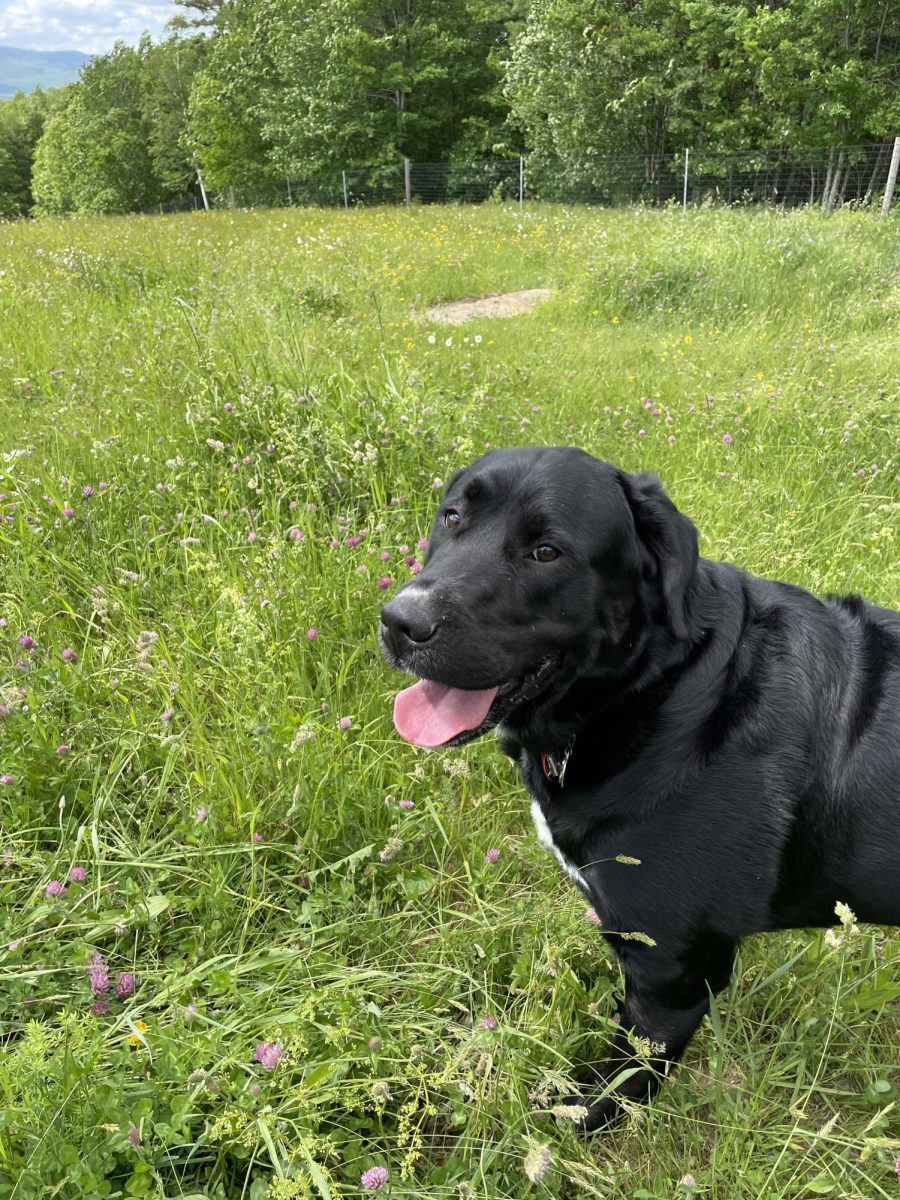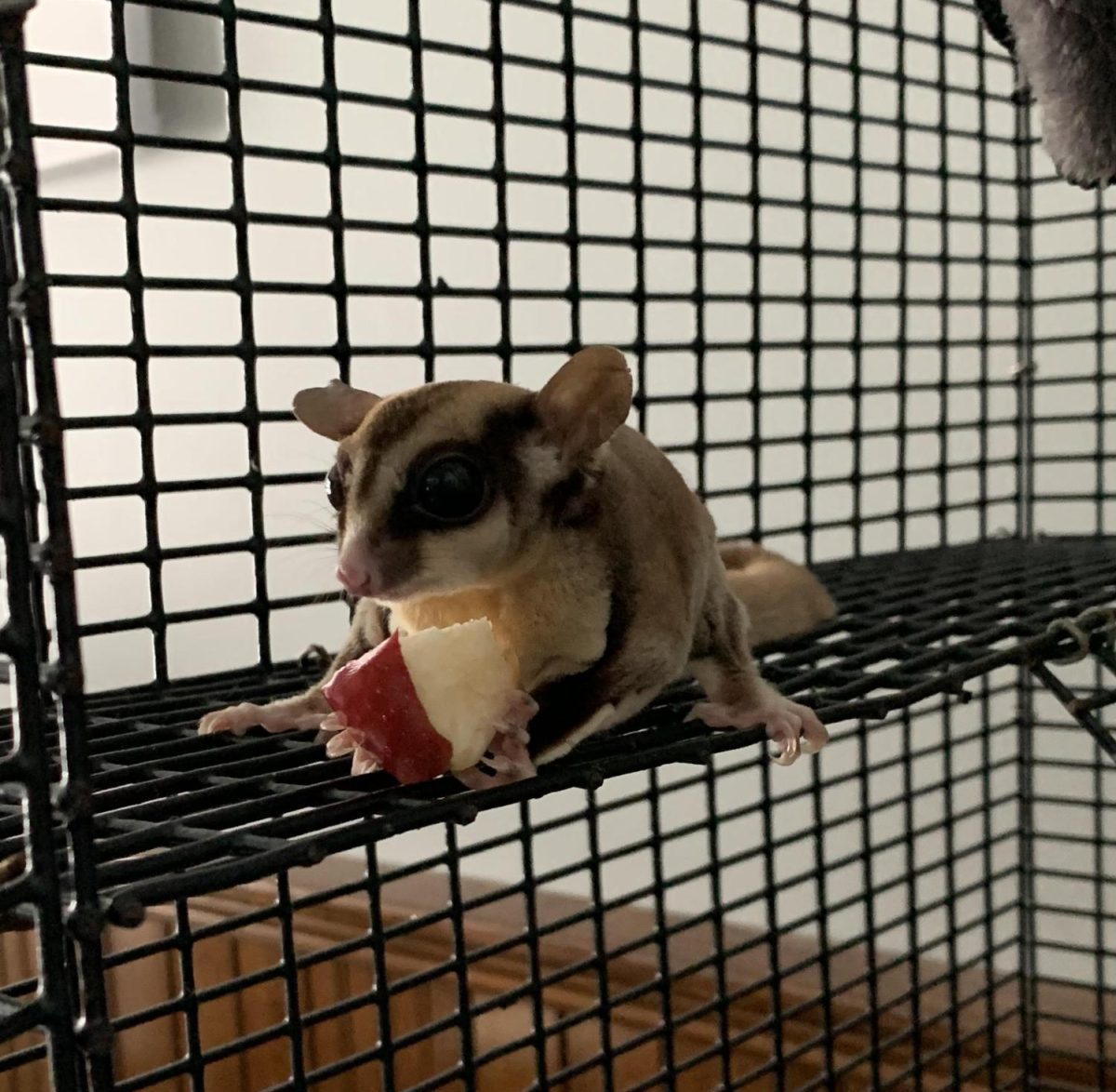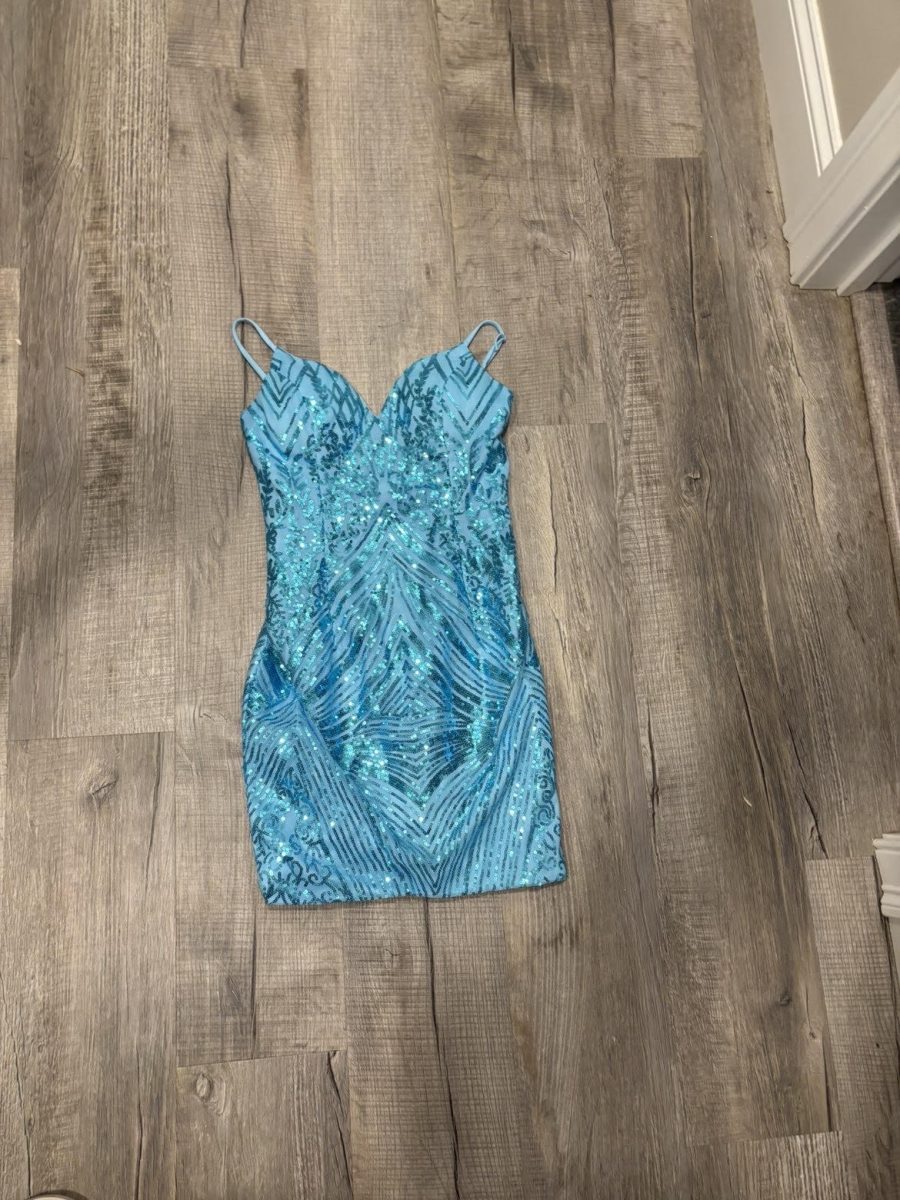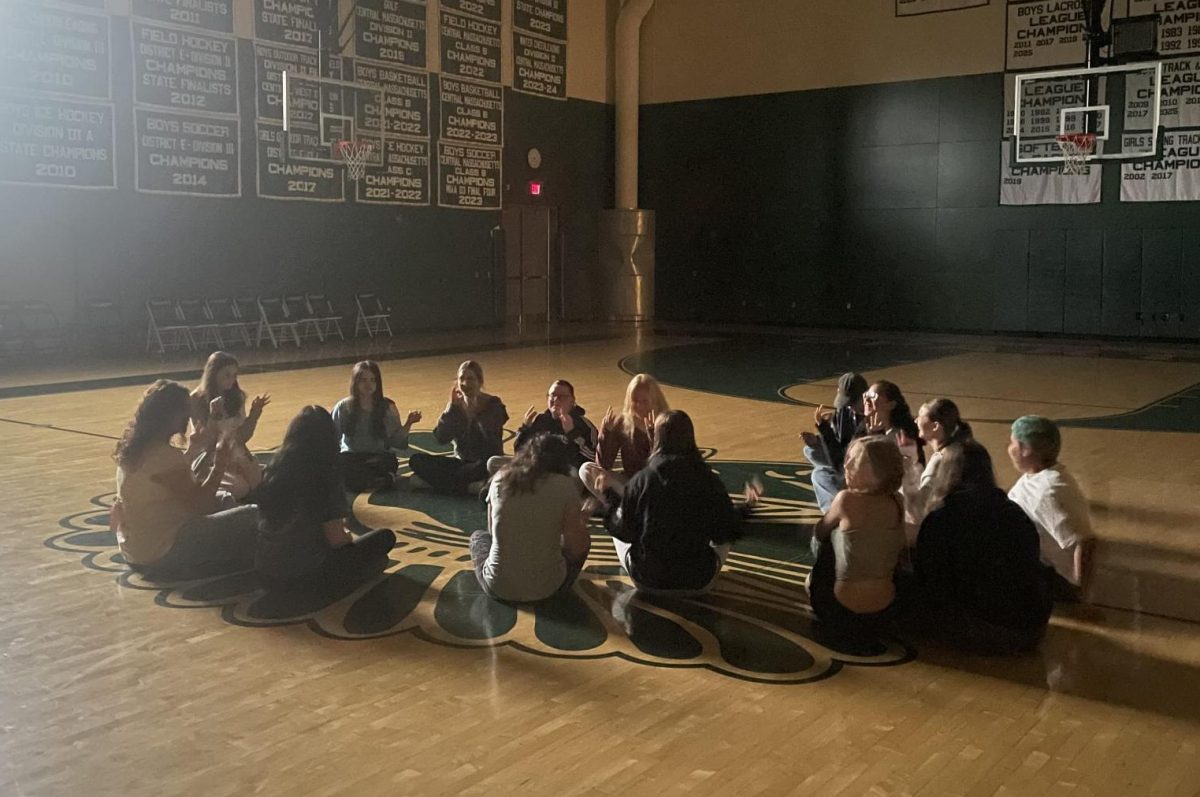Sink your claws into this! These animals that I have researched are the most endangered animals of 2024, if the human populations continue to kill them off they will all be gone! Some humans may not be physically poaching these animals but they are : relocating them, polluting them , and forcing them out of their habitat. I’ve separated the animals into 3 categories.
Water animals
Hammerhead Shark, the North American White Whale and the Vaquitas are all water animals that will be extinct soon. Junior at Oakmont Kaitlyn Renda says “ Puffer fish are also endangered, they are my favorite animal, I just think it’s so sad that people don’t know what is going on in our world, all these animals are going extinct because of stuff the human population is doing.”
According to the International Fund for Animal Welfare five of the nine species of Hammerhead Sharks are endangered and it’s unclear how many of each of the five hammerhead sharks are left, and people fish for them to collect their fins. They are slowly dying off because of this. People use their fins for soup, to make the soup thicker and to provide texture.
Oakmont student Amelia Garlock says “ HammerHeads are my favorite shark. I’m upset. I think it’s really sad because it’s our fault that this is happening.”
There are about 350 North American White Whales left. These animals are threatened by entanglement in fishing gear, pollution, and climate change. The IFAW ,International Fund for Animal Welfare, is trying to find ways to help these animals so they will still be here in the future.
Garlock says “ Sense Whales are so big their mouths open so wide that hundreds of pieces of trash flows into their stomach. And when they wash up on the beach people will find all the trash that they have swallowed.”
The Vaquitas is a small species of the porpoise family. They live off the coast of Mexico in the Gulf of California. There is only a small amount left ranging from 8 to 13. They are also threatened by climate change and habitat degradation. That wraps up the water animals that will be extinct soon.
Grass animals
Rhinos, Amur Leopards, African forest Elephants, Saolas, pangolins and box turtles are some of the grass animals that will be extinct soon.
More from the International Fund of Animal Welfare, there are about 27,000 Rhinos left. They are endangered because of people killing them for their horns. They use them for a traditional Chinese medicine. They are also endangered because of human conflict within their habitat.
Amur Leopards are a subspecies of leopards, they are native to the forests and mountains of eastern Russia and Northern China, there are about 100 of them remaining.
Oakmont student Brian Sandjong says “ Leopards are one of my favorite animals and it’s really sad that they are going extinct because they are really cool and intelligent.” They are becoming endangered because of man-made fires, poaching, and inbreeding, which is due to their small population. Man- Made fires are killing them off because the fires burn down their habitat and their food resources.
All three species of Elephants are endangered but the African Forest Elephant is critically endangered. They are native to the tropical forests of Sub-Saharan Africa. They are dying off because of poaching, illegal trade, habitat loss and human conflict in their range. People are poaching them for their tusks. Oakmont student Mikaela Groncki says “ I think that elephants are beautiful species that we need to appreciate more and poaching needs to stop because the elephants have no defense system. They dont know whats going on, it’s like taking away a dog from its mom. It doesn’t know what going on that’s why they cry.”
The Saola, also called the spindle horn or Asian unicorn. The Saola looks similar to a deer. They are endangered due to hunting, habitat destruction like building roads or mining. Since this species is already so small, the habitat destruction can lead to the Saolas splitting up and not being able to breed anymore. There are no more than 750 of them left.
The Pangolins is a small scaly animal that’s native to Asia and Africa. It’s unknown how many of them are left. These animals are endangered due to illegal hunting by humans for their meat and scales. Some fun facts about these animals is that they roll into a ball to protect themselves from their predators and they are the only mammals that are covered in large scales. Their scales make up 1/5 of their body weight.
There are about 5,000 box turtles left. They are endangered because of habitat loss, road mortality and collection by humans. Many box turtles are losing their lives due to cars hitting them while crossing a highway or a road. Box turtles can run up to 0.25 mph. Box turtles are unable to tolerate high temperatures, and in the summer they are most active in the morning or after periods of rain. This will wrap up the grassland animals.
Birds
2 animals that fly, there’s the kakapo, and the red-fronted macaw.
There are only 116 Kakapos left in Southern New Zealand. The kakapo is the only flightless parrot. The threats they face are being killed by domestic feral cats, egg consumption by rats, diseases and low reproductive rates.
There are about 134-272 Red-fronted macaws left. The macaws face threats of habitat degradation due to human activity, including agricultural deforestation, as well as illegal trapping.
What we can do to help:
You can volunteer for restoration projects and take other actions to protect their habitats. Oakmont Science Teacher Kathryn Bennitt says “ Even small acts have a larger impact then you might think like throwing trash out the window just because it’s convenient for you can have a big impact on the environment. Like having paper straws are better than plastic because straws take 205 years to decompose.” Keep your community clean and the environment that’s surrounding you. Renda says “ We should cut down on over consumption.” We can use more bamboo instead of trees because people are destroying their habitat, bamboo can grow back overnight so they would still have a habitat. Abigail Silvia says “ I think we should limit industrialization to create communities and planted areas instead of habitat areas… we need to continue to take care of the civilizations that we have already created today and make sure the new industries help to benefit instead of harm.” We need to start recycling and throwing away our trash instead of littering and throwing places it can go.

















Brian Sandjong • Jan 13, 2025 at 10:25 am
Amazing Article!!!!!